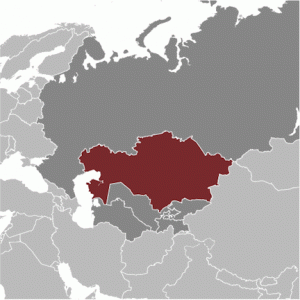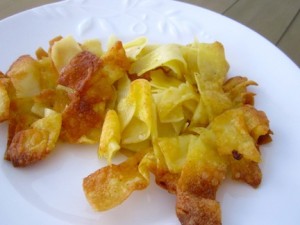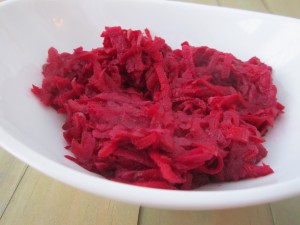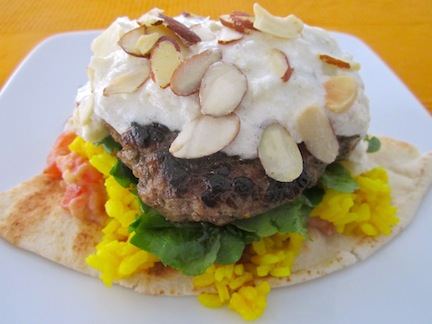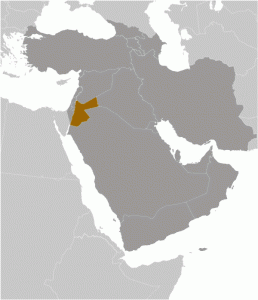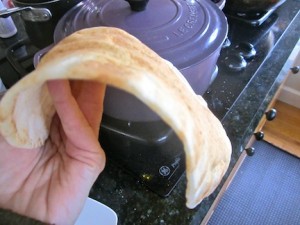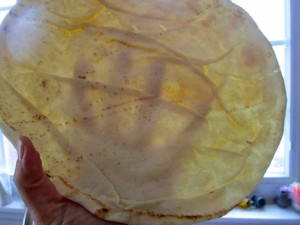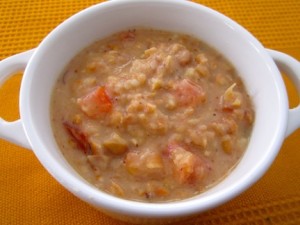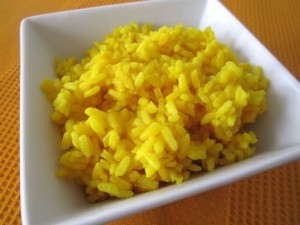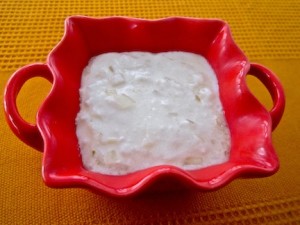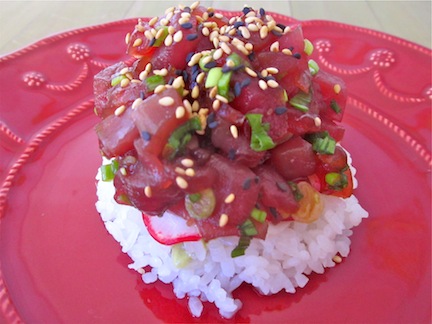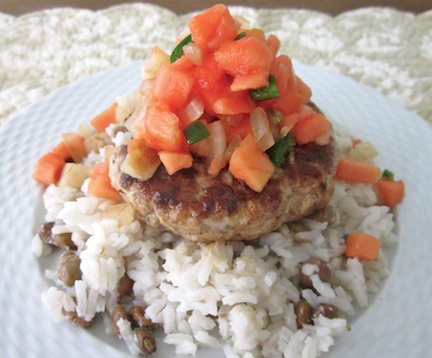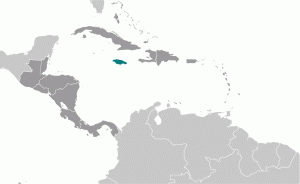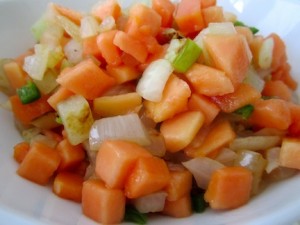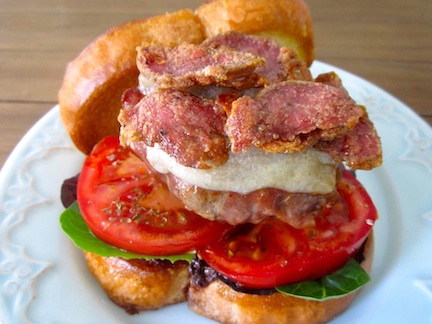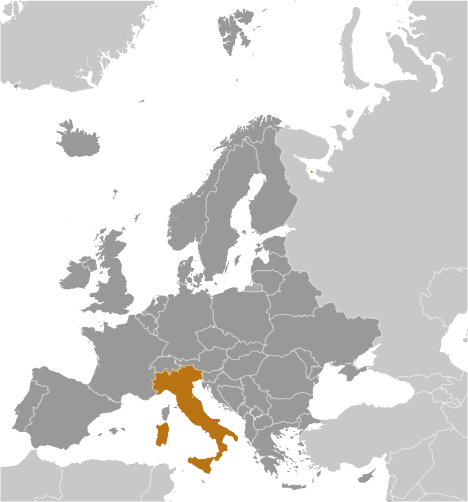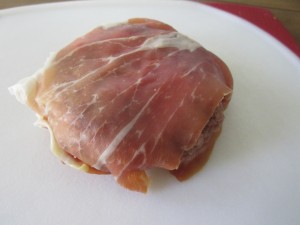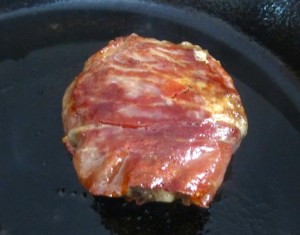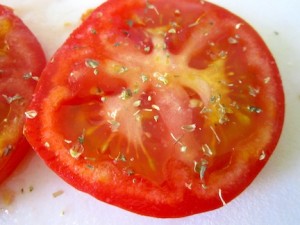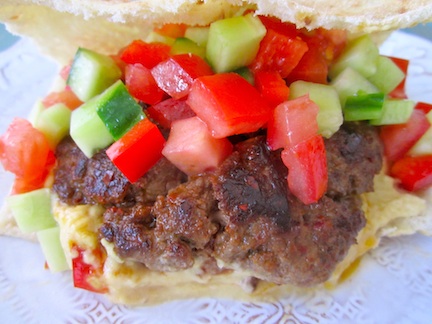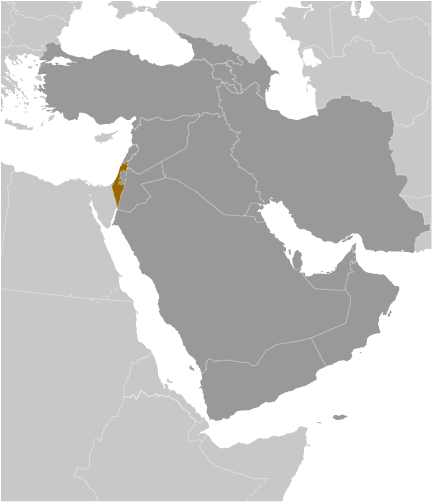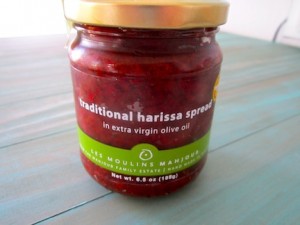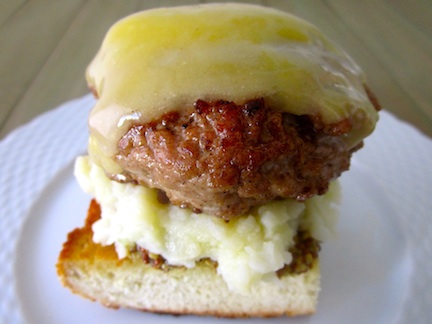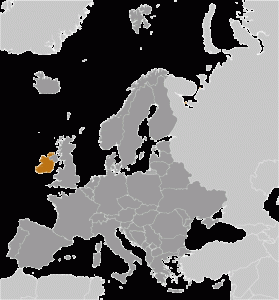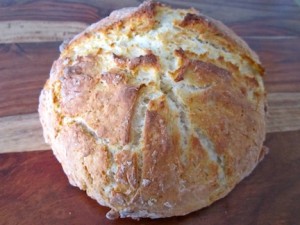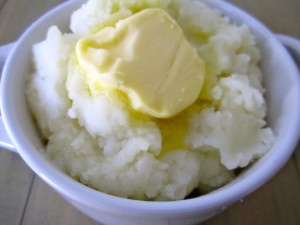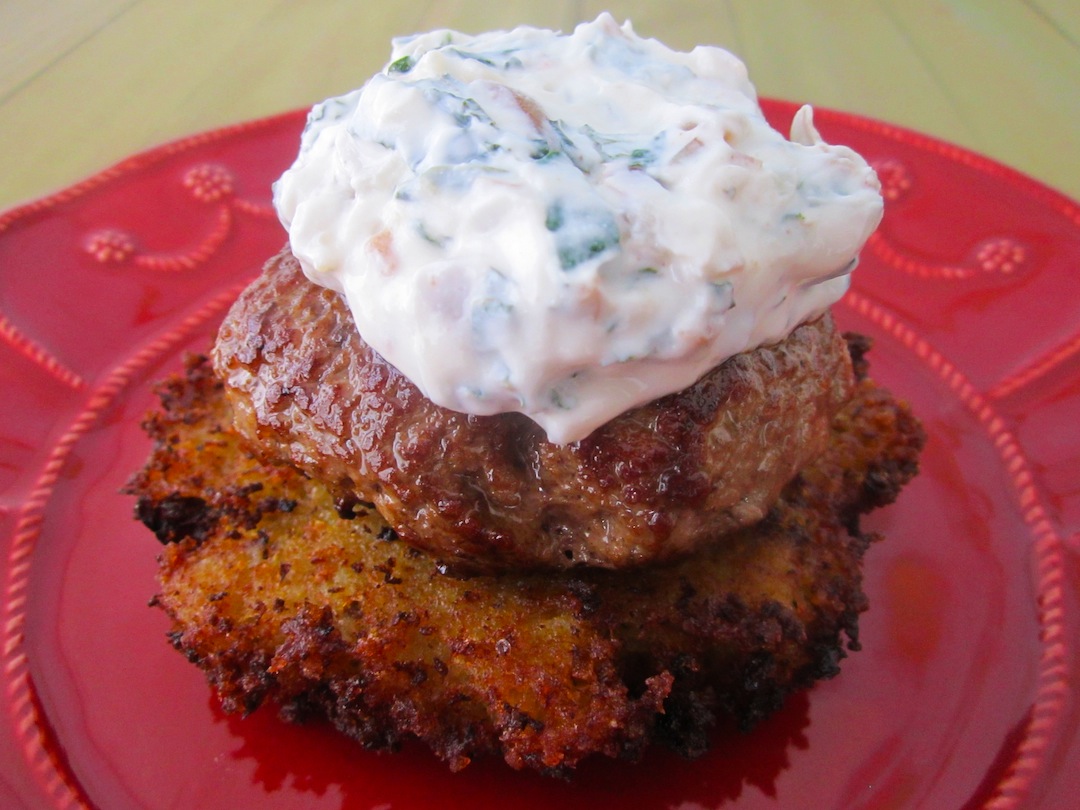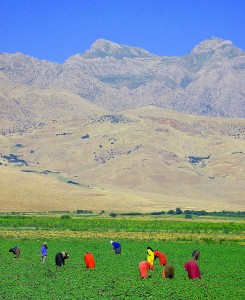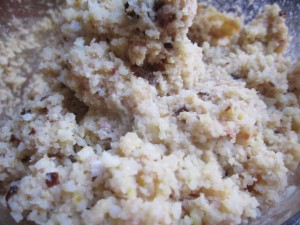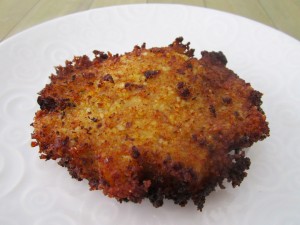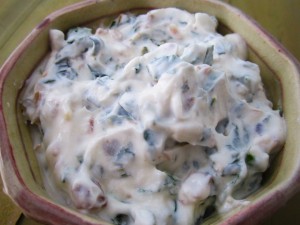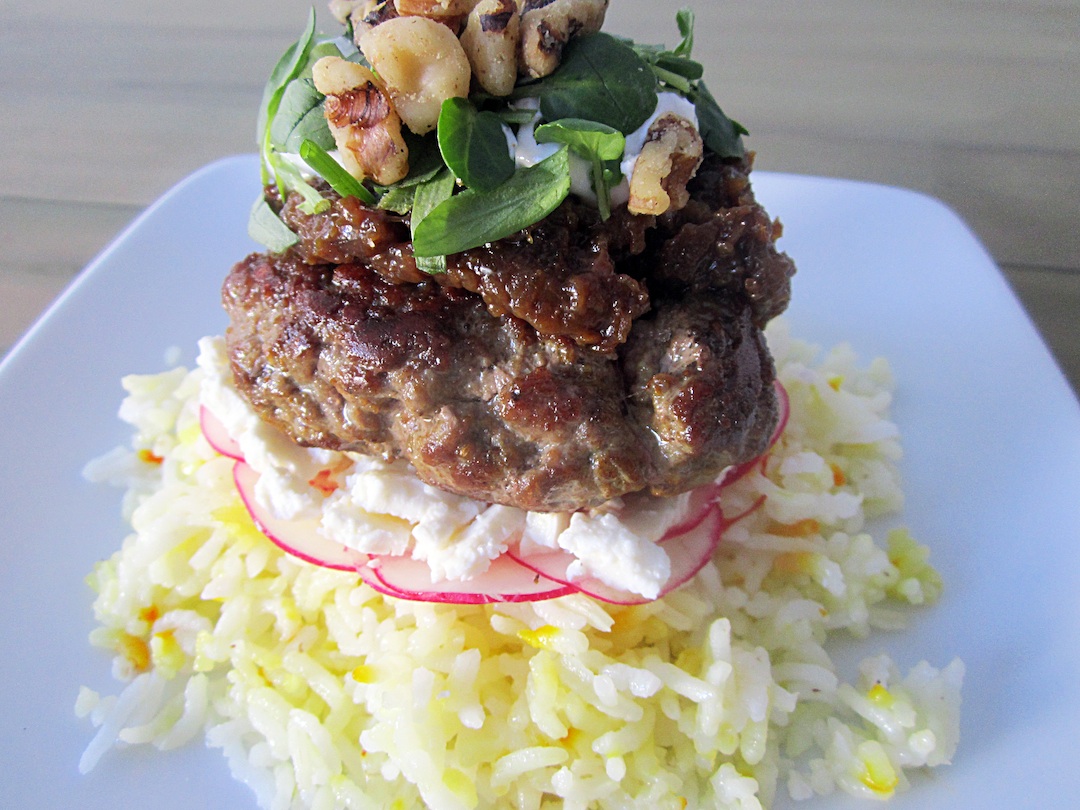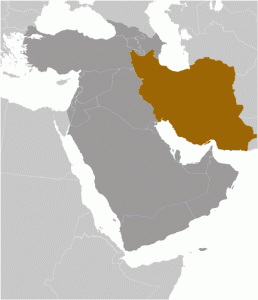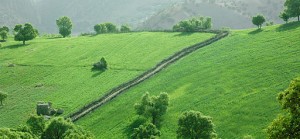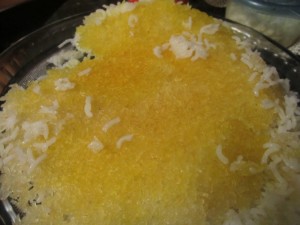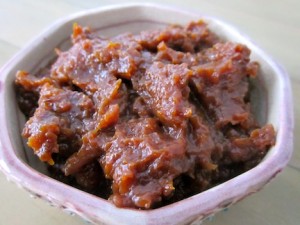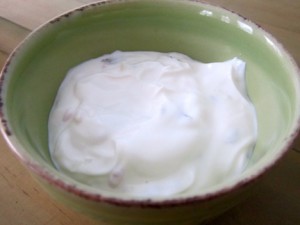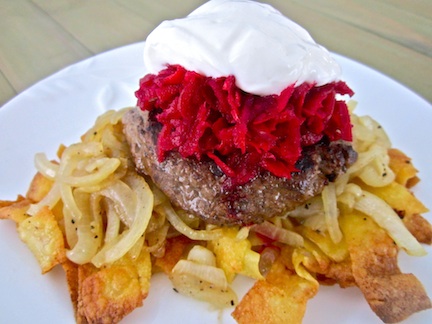 Lamb and Marinated Beef Burger on Fried Noodle Cake
Lamb and Marinated Beef Burger on Fried Noodle Cake
I have a good sense of humor, I think… Would you really know if you didn’t have a good sense of humor, perhaps we all think we have it, but really we don’t? Regardless, I like to laugh and have been known make others laugh. Despite this, I do not like humor that puts people in uncomfortable situations then mocks them. So I really disliked the movie Borat. Don’t start defending it, the movie is just rude. Some of the people mocked are bigots, but many are just trying to be polite. And the portrayal of Kazakhstanis as backward and unsophisticated peasant people managed to insult an entire country – pissed them off too. I’m just glad Sasha Baron Cohen isn’t from the US, he’s British, so blame England 🙂
So I really wanted to write a nice summary of Kazakhstan. I wanted to show the sophisticated, civilized side to this country and to make up a little for Borat. Let’s give it a try. Kazakhstan is a Central Asian country bordering Russia, China, Kyrgyzstan, Uzbekistan and Turkmenistan. It is the largest of the former Soviet republics (other than Russia of course).
Kazakstanis have large mineral and oil reserves and a big agricultural sector. That being said, the global economic crisis hit Kazakhstan pretty hard and the country is just started turning around over the last three years. The government is investing to improve infrastructure including roads and electrical grids, and as you can see below, there’s plenty of Kazakhstanis living a modern lifestyle.
Food traditions are incredibly important in Kazakhstan (like in so many places). Now some of these might sound odd, but don’t go all Borat on me, give it a chance. If you were invited to a special dinner in Kazakhstan, you might find that you are served a roasted goat’s head – don’t panic! The head will be placed in front of you as the guest, but you aren’t expected to eat the whole thing. The honored guest should take a small slice off the head then pass it on to the elder of the table.
The elder will then serve the goat. He’ll serve pieces of the goat to each person at the table. The interesting part is that he’ll served particular parts of the head depending on what each person needs – the children usually get a piece of the ears as they need to listen better, it goes on from there. I can’t remember the meaning behind each part, but each has a specific importance. You won’t have to eat a lot; the main dish will be something else.
What it will likely be is horsemeat, yes, horse. Now don’t get all worked up, they raise horses just like we raise cattle. The horses for eating are plump and don’t look anything like horses raised for riding. I’ve read that the meat tastes pretty much like meat, nothing gross, a little like a sweeter version of beef. I did not use horse, don’t worry. I combined lamb and beef that was marinated in sour milk – the flavor was lovely – who knows if it was anything like horse, it was tasty. Meat and sour milk are a popular combination in Kazakhstan and letting the beef marinate in the milk gave it a softer and juicier texture.
One of the popular dishes is called Besparmak – it’s horsemeat stewed in sour milk and served over noodles. Since I had the meat and sour milk covered, I thought it would be fun to make a noodle cake for the starch. The problem is that wide noodles don’t hold together in a nice pretty circle, but since they taste like yummy fried noodles, you’ll find you don’t care. Add some caramelized onion and some pickled beets and carrots and the flavor is better than the sum of its parts. The balance of the acidic vegetables and the meaty patty is perfect with the crispy noodle cakes. This was one where I longed for seconds! Paul and I both ate this burger again the next day when I did the picture version. It has a rich and succulent flavor, sure to please even your pickiest eaters. And hopefully this burger will give you a new view on Kazakhstan – a land of hospitality and lots of yummy meat.
If you like this burger, try the Estonia Burger, it’s another meat filled burger with tangy over tones.
Kazakhstan Burger
1 cup milk
Juice of 1 lemon
1 pound sirloin cut into chunks
½ teaspoon kosher salt
½ pound ground lamb
¼ cup minced onions
Oil for cooking (olive or peanut is fine)
4 Noodle Cakes (recipe below)
Sautéed Onions (recipe below)
Carrot and Beet Salad (recipe below – make ahead about 3 hours)
6 Tablespoons Sour Cream
Combine the milk and lemon juice. Place the beef in a glass bowl and add the sour milk mixture. Cover and refrigerate for 1-3 hours. Drain the beef and grind on the finest setting. Add salt, lamb and onions and mix it with your hands to completely combine. Try not to over work it though. Form 4 patties. Grill in a non-stick pan to desired temperature.
To serve, place a noodle cake on each plate, add Sautéed Onions, cooked patties then top with the Carrot and Beet Salad and 1½ Tablespoons of sour cream.
Noodle Cakes
7 ounces pappardelle cooked and drained (not rinsed)
4 Tablespoons butter
Salt and pepper to taste
Peanut oil
Combine the noodles, butter, salt and pepper while noodles are still hot. Portion the noodles into 4 portions. Do your best to form 4 circles out of the noodles. Place the circles on wax paper and refrigerate for 30 minutes (you can skip the refrigeration part if you want, it just helps hold the noodle cake together better). Heat 1/8 inch of peanut oil in a heavy frying pan. When oil is hot but not smoking, add the cakes and fry each side until it is crispy and golden.
Sautéed Onions
1 large onion
4 Tablespoons butter
Cut the onion in half then slice it into thin slices (about ¼ inch). Heat the butter in a sauté pan over medium heat until melted then, when the foam subsides, add the onions. Cover and turn the heat to low. Cook for 20 minutes until soft.
Beet and Carrot Salad
2 carrots grated
1 large beet grated
1 Tablespoon pickling spice (wrapped in cheesecloth)
2/3 cup cider vinegar
1/3 cup water
1 teaspoon sugar
Add all ingredients into a glass bowl. Cover and refrigerate for 3-4 hours.
©Copyright 2014 Linda Monach

